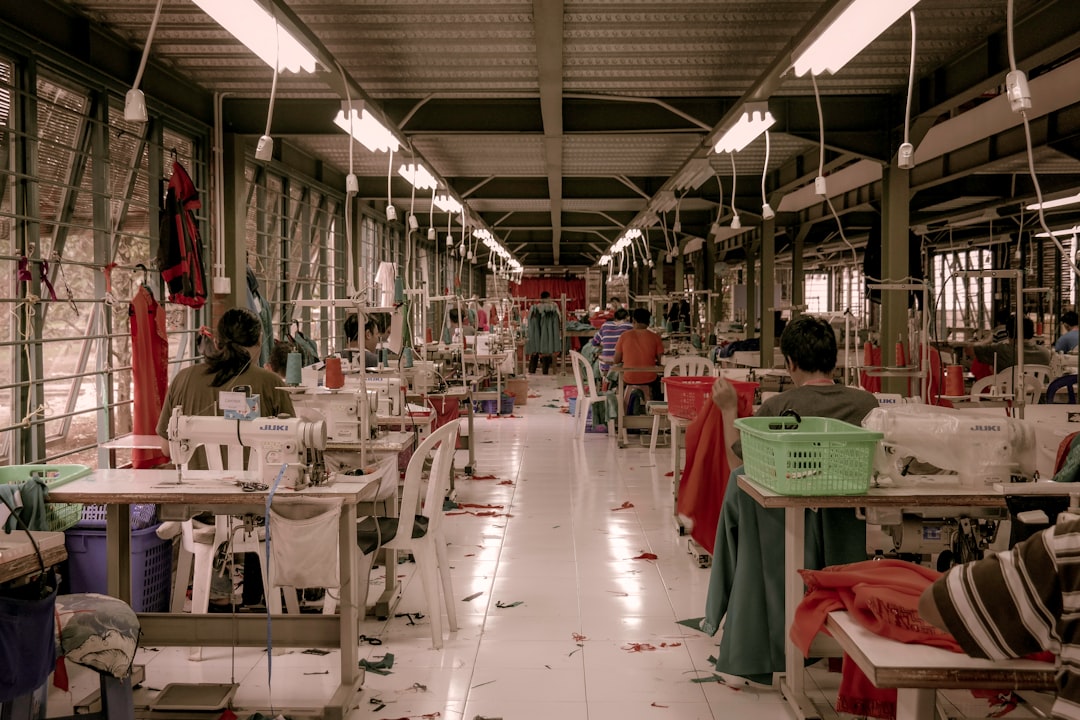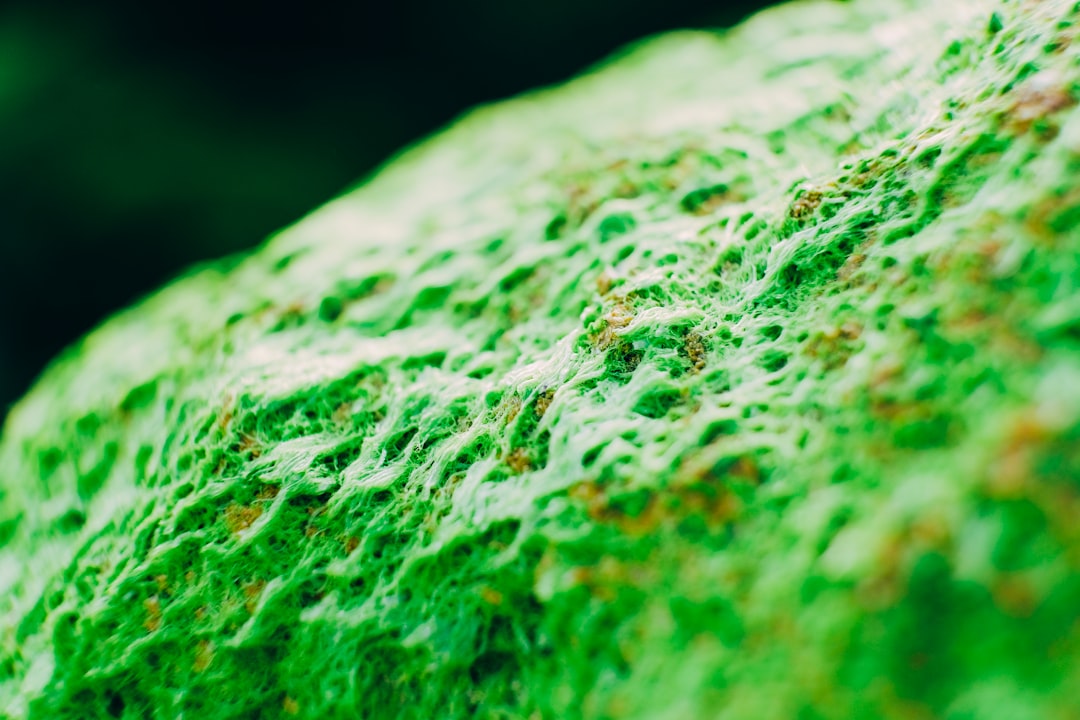What is it about?
This study investigates the direct and indirect costs of work absenteeism attributed to severe air pollution during the winter among private-sector employees in Ulaanbaatar, Mongolia. A mixed-methods approach was used, including questionnaires, employee focus groups, and individual employer in-depth interviews. Respiratory diseases were the primary cause of air pollution-related illnesses, and female employees with young children were more likely to be absent. The total cost of illness-related absences during the winter season was estimated to be as much as 10% of annual income, including diagnostic, doctor visit, medication, and transportation costs. The majority of sick absences were unpaid, indicating a significant financial burden for employees. The study concludes that the cost of wintertime absences is substantial and disproportionately affects certain groups of employees, calling for interventions to reduce the health and economic impacts of air pollution on workers.
Featured Image

Photo by Mike Marrah on Unsplash
Why is it important?
This study provides a comprehensive assessment of the direct and indirect costs of illness-related absences attributed to air pollution among private-sector employees in Ulaanbaatar. The study findings reveal that respiratory diseases are the primary cause of air pollution-related illnesses, and female employees with young children are more likely to be absent. The study also estimates the direct and indirect costs of illness-related absences, including diagnostic, doctor visit, medication, and transportation costs
Perspectives
The article attracted the attention of air pollution researchers who contacted the author, leading to future collaborations and greater involvement in the research community worldwide.
Mandukhai Ganbat
Mongolian National University of Medical Sciences
Read the Original
This page is a summary of: Integrating quantitative and qualitative approaches to assess wintertime illness-related absenteeism and its direct and indirect costs among the private sector in Ulaanbaatar, PLoS ONE, February 2022, PLOS,
DOI: 10.1371/journal.pone.0263220.
You can read the full text:
Contributors
The following have contributed to this page










